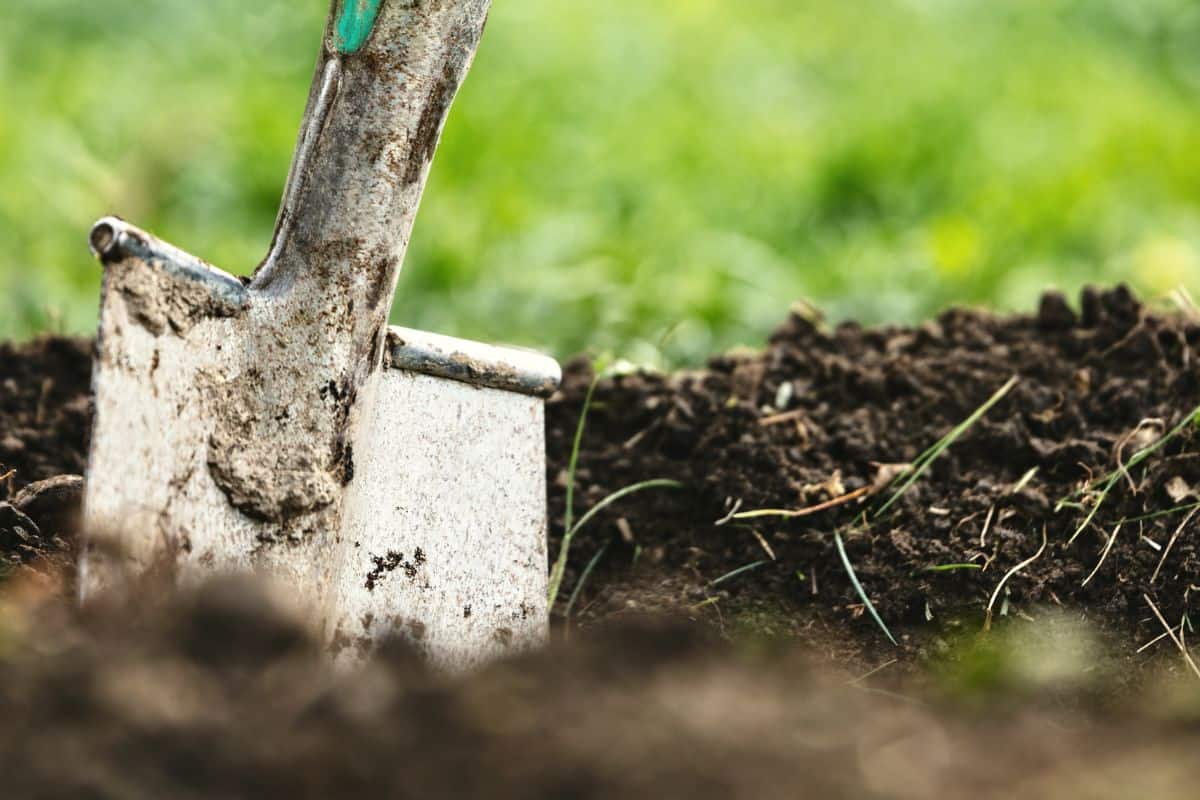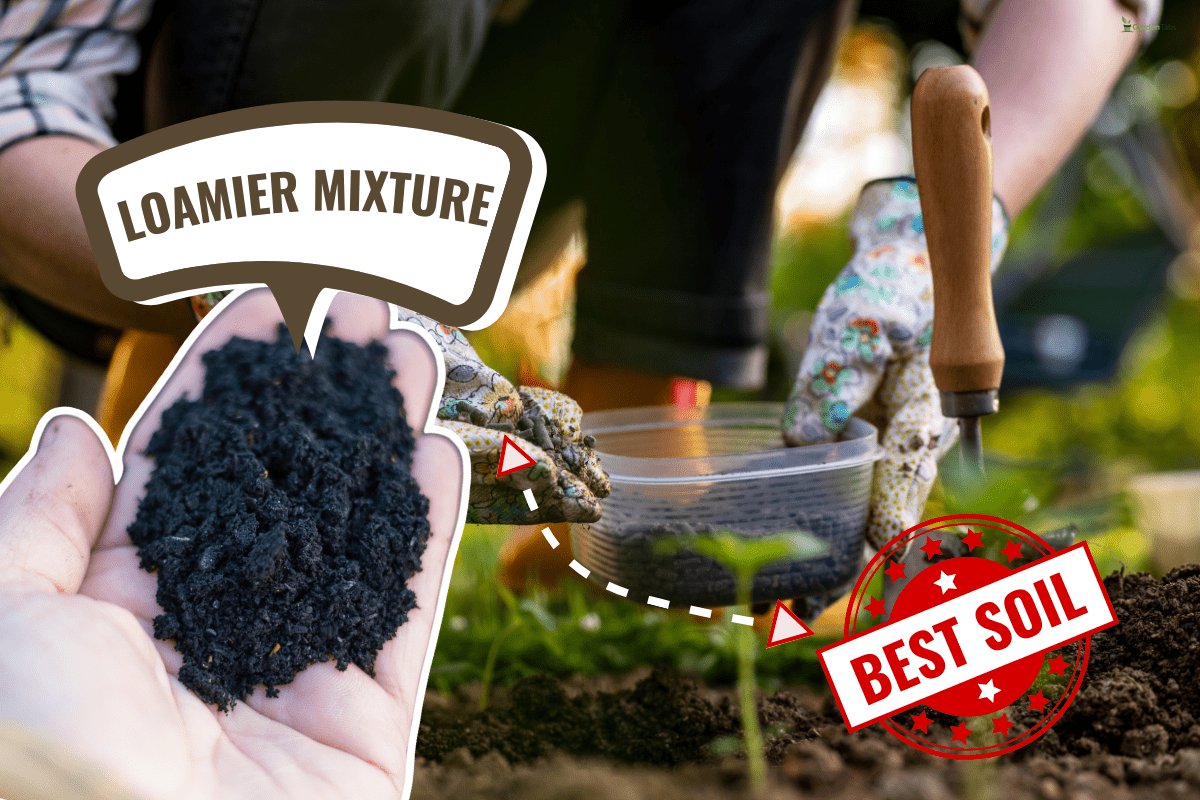Getting your garden's soil in order can sometimes take an adjustment. For example, is the ground in your yard too sandy, and do you want to make it higher quality? Is it possible to amend sandy Floridian soil and make it feel loamy? Why should someone do this?
Well, we've researched these questions and have the answers below!
Since the main goal of amending sandy soil is to improve its water retention and nutrient content, you want to gather the right ingredients. For Floridian soil that might be too sandy, we recommend the following amendment materials:
- Broken down animal manure
- Composted yard waste
- Vermiculite
- Peat
Of course, you can create a nutrient-rich compost pile for your sandy soil over a month or two, then add it to your garden. This entire process may take time, so be patient!
As we start this article, we will cover all things amending sandy soil and discuss what materials to add to your Florida garden. We're here to assist if you're new to the state, want to try growing new plants, or have additional questions about amending soil. With that said, let's dive right into this topic below!
Why Is My Florida Garden So Sandy?
If you realize the ground throughout your property is mainly sand, this is the unfortunate truth for many Florida ecosystems. Since Florida is surrounded by water on all but one side, this has caused the soil throughout the state to be mainly sand material.
Like going to the beach, you can also find pretty high sand content in your backyard. According to experts, Florida's official soil type is called "Myakka," which comes from the Indian word "big waters."

This ground type is mainly sand, covering more than 1½ million acres in total. Therefore, it's no surprise that your garden may drain water too quickly or lack nutrients.
Sandy soil can be great in many situations, but it's not always the best for gardening. With that said, there are ways to improve Florida sand/soil, which you'll do through amendment.
Luckily, amending sandy soil shouldn't take much effort and can be a great composting project for you and your family/housemates.
How Can I Fix My Sandy Garden In Florida?

One of the first steps to fixing sandy Florida soil is to amend your garden. As we mentioned before, you can add materials like broken-down animal manure, compost, vermiculite, and peat to improve the quality of your ground.
Specifically, many gardeners recommend using grass clippings, leaves, and humus for your compost mixture, even throwing in food scraps from your kitchen.
Composting is a fun and eco-friendly way to make something new with your used ingredients and materials. For example, if you want to throw in some newspaper clippings and a banana peel from breakfast, that's perfect for composting.
You want to try and create compost that is dense enough to add volume to your sandier soil. Florida ground can be incredibly quick to drain water and often lacks nutrients, which is when compost becomes your new best friend.
You can also purchase animal manure at your local plant store, so finding these amending materials won't be an arduous journey. Once you gather all your materials, you can mix them and spread them evenly throughout your garden.
AIRNEX Collapsible Countertop Compost Bin
This collapsible compost bin fits on your countertop, holds one gallon of food waste, is odor-free, includes compostable trash bags and carbon air filters, and is dishwasher safe.
Follow this link to check it out on Amazon.
How Do You Amend Sandy Soil? [Step-By-Step Guide]

Now that you know how to amend sandy soil and the ingredients you'll need to use, let's put that all together. As we said, amending the ground shouldn't take more than a few ingredients and a bit of patience.
To start amending the sandy soil in your Florida garden:
- Gather your required materials for amending the soil (manure, compost, vermiculite, and peat).
- Mix these materials together and grab a wheelbarrow or large container for spreading.
- Using a shovel, sprinkle the mixture onto your sandy soil in one even coating.
- Using a rake, evenly distribute the amending layer onto your sandy ground.
- Water your garden and allow the materials to seep into the ground.
Again, you might prefer to mix everything in your compost bin and then toss it onto the ground with a shovel or by hand, so this will be slightly different for everyone.
In general, we recommend raking your amending materials to ensure they are evenly on the sandy soil, promoting better nutrients below the ground's surface.
If you have flower beds or plants in your garden, spread a little extra product around them. The more nutrients and water retention your plants have, the healthier they'll grow.
Sometimes, you might need to add more compost or other amending ingredients to the ground over the next few weeks, so we recommend monitoring your garden and seeing how the amendment works out.
However, don't get too overzealous because you don't want to suffocate your plants.
How Much Compost Do I Need To Amend Sandy Soil?
When it comes to how much compost you need to amend sandy soil, aim for 1-3 inches. According to the Saving Water Partnership, three inches works best for sandier conditions, so for people in Florida, you may need closer to that amount.
Remember, your compost plays a crucial role in the amending process. If you don't add thick enough, nutrient-rich material to sandy soil, it won't help with water retention and nutrient content.
In addition, we also recommend using manure to thicken your mix, which will help give the ground a loamier consistency. Again, you don't need six inches of compost for soil amending, but you also don't want too little.
Moreover, experts suggest tilling the compost into the ground or digging with a shovel. Try and get a good, even mixture if you can, so you don't have a top layer of thick, nice ground and bottom layers of sandy, poor-quality soil.
Sandier soil types can take a few rounds of amendment before getting better, so keep that in mind.
Jardineer Hand Tiller Garden Claw
This hand tiller is perfect for soil amending, has a heavy-duty design, is made with alloy steel, measures 37 x 16.5 x 4.3 inches, loosens, turns, tills, and aerates the soil, and has excellent customer reviews.
Check out this manual tiller on Amazon.
Should I Aerate Sandy Soil Before Amending It?

If you plant on amending the sandy soil in your Florida garden, aerating before or after can be helpful. Generally, you aerate lawns and gardens that have become tightly compacted.
Therefore, sandy soils, which already are loose, may not always require it. However, if you add enough compost and manure to your soil and want to make sure it reaches deeper into the ground, that's when aerating can be helpful.
For example, if you recently amended the ground in your garden and want to create holes for better mixing, using aerating shoes or a manual/electric aerating device could be worth it.
Even if your property already has great drainage, you can aerate it to promote better oxygen flow and nutrient intake/release. With that said, you don't need to aerate often or for too many rounds.
Especially in Florida, we'd say one thorough pass through your amended soil will be sufficient.
How Often Should You Aerate Sandy Florida Soil?
Generally, you want to aerate Florida soil every 1-3 years. As we mentioned, sandy soils don't tend to become compact as fast as other types, but that doesn't mean this can't happen.
Many experts recommend aerating sandier properties every 2-3 years. That's because the sandy consistency of your Florida garden should stay intact for a year or so before becoming compacted.
You might notice the ground in your yard take longer to drain and move water after a rainstorm, which is a clear sign it's time to aerate.
Furthermore, sandy soil can become compacted after multiple rounds of soil amending, hence why we recommended aerating afterward above.
Just because your ground may be sandier and filled with holes for water movement now doesn't mean that will be the case forever. All soil eventually becomes compacted, especially in higher-traffic gardens.
That's especially true with grass, so if you have a lawn in Florida: don't skip aerating!
PLANTNOMICS Lawn Aerator Shoes
These aerator shoes have a hook-and-loop design, promise to stay on your feet, work for men and women, are recommended for sandy soil types, feature 26 spikes, and fit up to 12 inches.
Check out these shoes on Amazon here.
What's The Best Type Of Soil For Gardening?

The best type of soil to garden with would be a loamier mixture. Generally, you want to create a loamy, even mix of dirt in your garden before planting things.
Especially in Florida, ensure the ground has some density and nutrients. To explain loam, it's essentially a mixture of sand, clay, and silt.
Furthermore, you want to try and follow these ratios of each material for your loamy mix: 40-40-20 percent mix of sand, silt, and clay.
To Wrap It All Up
Whether you're new to Florida gardening or want to improve the ground in your yard, it's always good to understand why it's so sandy. We found that the majority of Florida dirt is sand, making it essential to amend it now and then.
In addition, you want to add ingredients like manure, compost, vermiculite, and peat to amend the sandier soil in your garden. These materials will help the soil retain moisture better and add nutrients.
Regardless of what area of Florida you're in, try and start a compost bin, and don't forget to aerate every 2-3 years!
While we have your attention, check out these related garden articles below:
How Do You Prepare Soil For A Vegetable Garden In Florida?
Can Magnolia Trees Bloom Twice A Year? [Including In Florida, Texas, And California]



